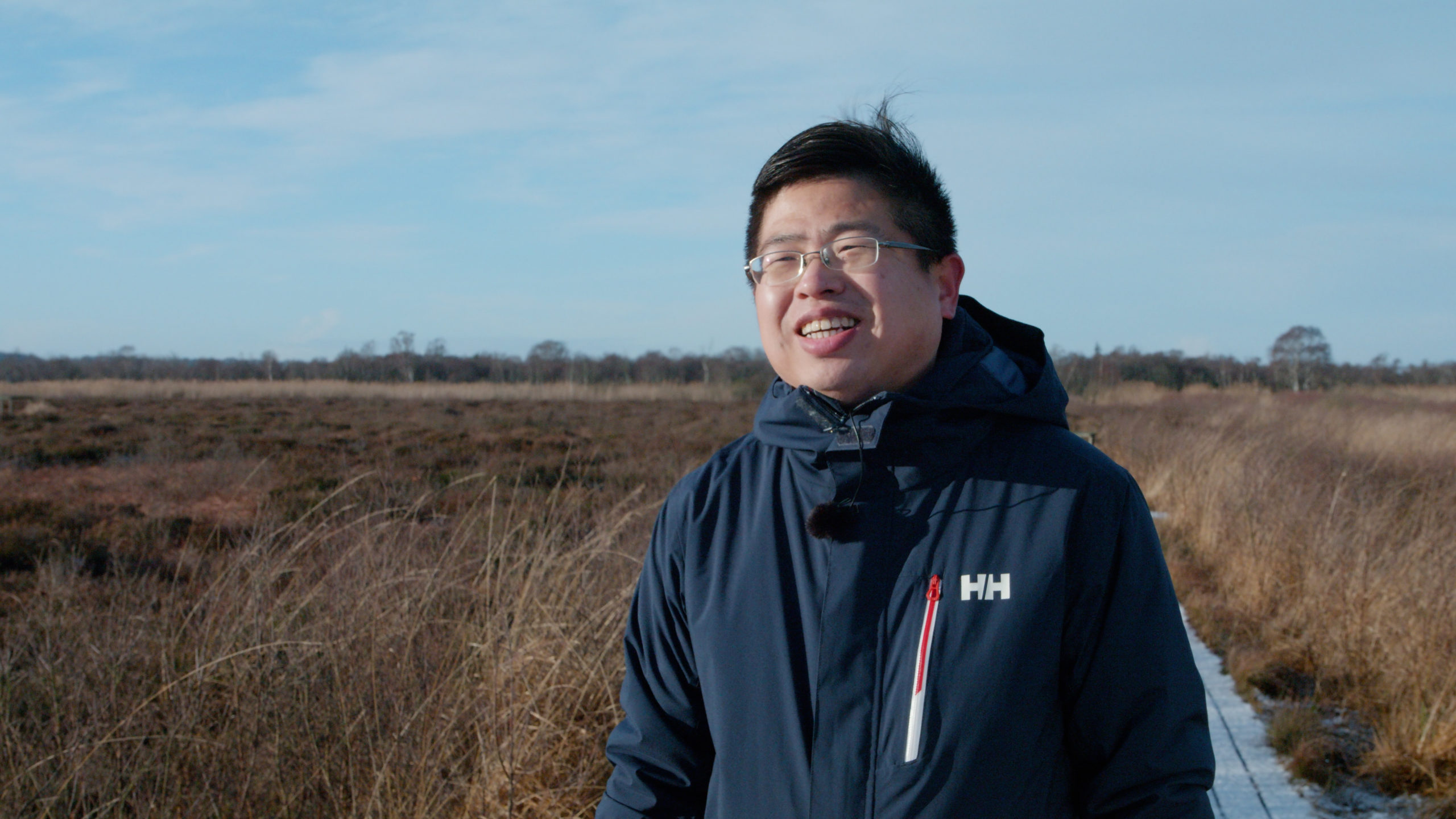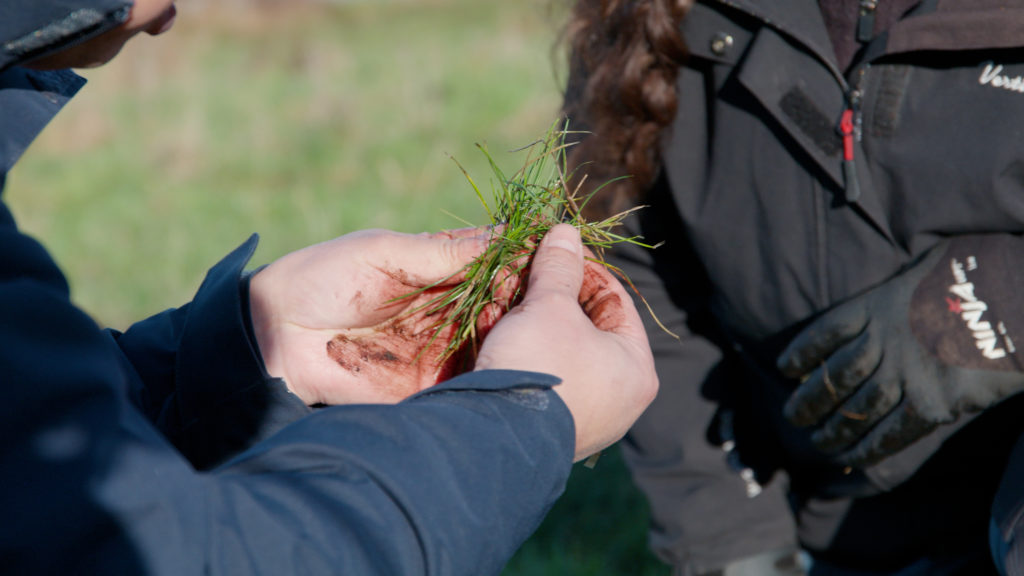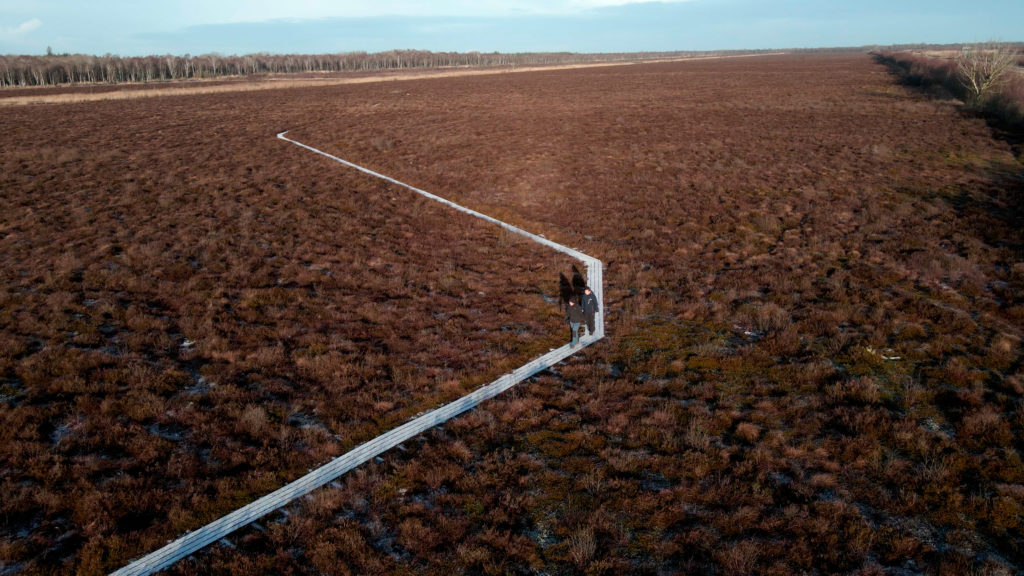From the Balmoral royal estate in the Scottish highlands to bogs of the Biebrza valley in northeast Poland, and from the frozen peatlands of northern Finland to the Rhine delta in the Netherlands, many of Europe’s degraded wet places are leaking carbon dioxide into the atmosphere on a huge scale. We must call a halt.
If Paris climate targets are to be met, then the continent’s forgotten mires and bogs, marshes and fens, must be restored, say scientists engaged in a new European Union-funded research project to help make it happen.
What are nature’s largest carbon stores? If you answered forests, you were wrong. Wetlands stores are much bigger, especially the world’s extensive peatlands, whose myriad layers of waterlogged and unrotted vegetation, often accumulated over thousands of years, hold twice as much carbon as the world’s trees.
Drain them, as the world has been doing on a massive scale for farming, and the dried-out peat oxidizes, releasing carbon dioxide into the air. Lowering the water table in a large peat bog can emit more CO2 annually than a large coal-fired power station.
But by blocking those drains to rewet the peat, we can restore their biodiversity and turn them back into carbon stores that suck the planet-heating gas out of the air. In the world’s search for natural solutions to climate change – to accompany the necessary end to fossil fuel burning – the restoration of peatlands could achieve far more even than bringing back forests.
So why haven’t we done it? One reason is a lack of good data to quantify the benefits. Another is that landowners still have plenty of financial incentives to carry on draining their wetlands, including sometimes European Union Common Agricultural Policy payments.

The new research project, WET HORIZONS, aims to provide the data and identify key policy initiatives that will help turn the tables. “Over the four years of the project, we want to upgrade knowledge and find solutions to fast-track wetland restoration across Europe,” says Shubiao Wu of Aarhus University in Denmark, project coordinator.
“Right now, we don’t even know where all the peatlands in Europe are located,” says Wu. “WET HORIZONS will create a new database, with new assessments of how much their drainage is leading to carbon dioxide emissions both now and in future decades, and how much restoration can reduce that.”
—
Europe has one of the worst records in the world for wrecking its wet places. All told, the continent’s peatlands cover around a million square kilometres, almost 10 per cent of the continent. But less than a third of them are in good condition, still waterlogged and accumulating carbon. Most of the rest are gradually drying out, and emitting
an estimated 220 million tonnes of CO2 annually, roughly the same as France’s
total CO2 emissions from all sources[1].
Turning the continent’s peatlands from a source of CO2 into a “sink” for the gas, is a big ask. “It is very clear that rapid rewetting is the best option, but better tools will allow us to better quantify the gains,” says Franziska Tanneberger of the Greifswald Mire Centre in Germany.
So a key aim of the WET HORIZONS project will be to identify potential remediation hotspots, where a limited investment in restoration can have the maximum climatic and ecological benefit, says Wu.

To help identify these, detailed data will be gathered from 25 sites across Europe. One site on the list that is already being monitored, a peat bog at Balmoral in Scotland, has been found to be emitting more than 3000 tonnes of CO2 annually from every square kilometre[2].
Even so, many wetlands researchers believe that scale of restoration is too great to be achieved just by blocking drains and giving the peatlands back to nature. They say some of the rewetted peatlands must earn their place economically, through remaining agriculturally productive.
“In many cases, a simple cessation of land use is not an option,” says Tanneberger. “The solution is a fundamental transition to ‘wet’ agriculture or forestry, so-called paludiculture,” which can be carried out without drains or harming continued natural peat formation.
Paludiculture is a means of cultivating crops that will grow in waterlogged peatland conditions, such as reeds for thatch, cattails for biomass fuel and other plants grown for everything from animal fodder to pharmaceuticals. “There is traditional paludiculture in all parts of Europe, and plenty of new, innovative products to be made from biomass from wet peatlands,” she says.
Paludiculture is one option for fast-tracking solutions under WET HORIZONS, says Wu. Tanneberger believes it will play a key role in meeting future rewetting targets in Germany, the Netherlands and Britain in particular.
The Netherlands-based NGO Wetlands International has proposed a global target for 2030 of rewetting 10 million hectares of undrained peatlands, an area slightly larger than Ireland, and five times more by 2050. With or without paludiculture, if that target is to be met, Europe will have to play a big role.
Author: Fred Pearce
This article was published on 30.1.2023 at www.euroscientist.com
[1] https://onlinelibrary.wiley.com/doi/10.1002/adsu.202000146
[2] https://link.springer.com/article/10.1007/s10533-022-00923-x
